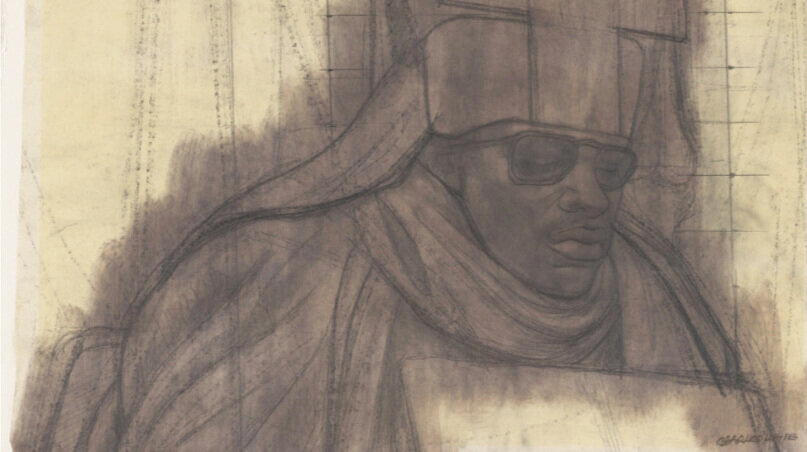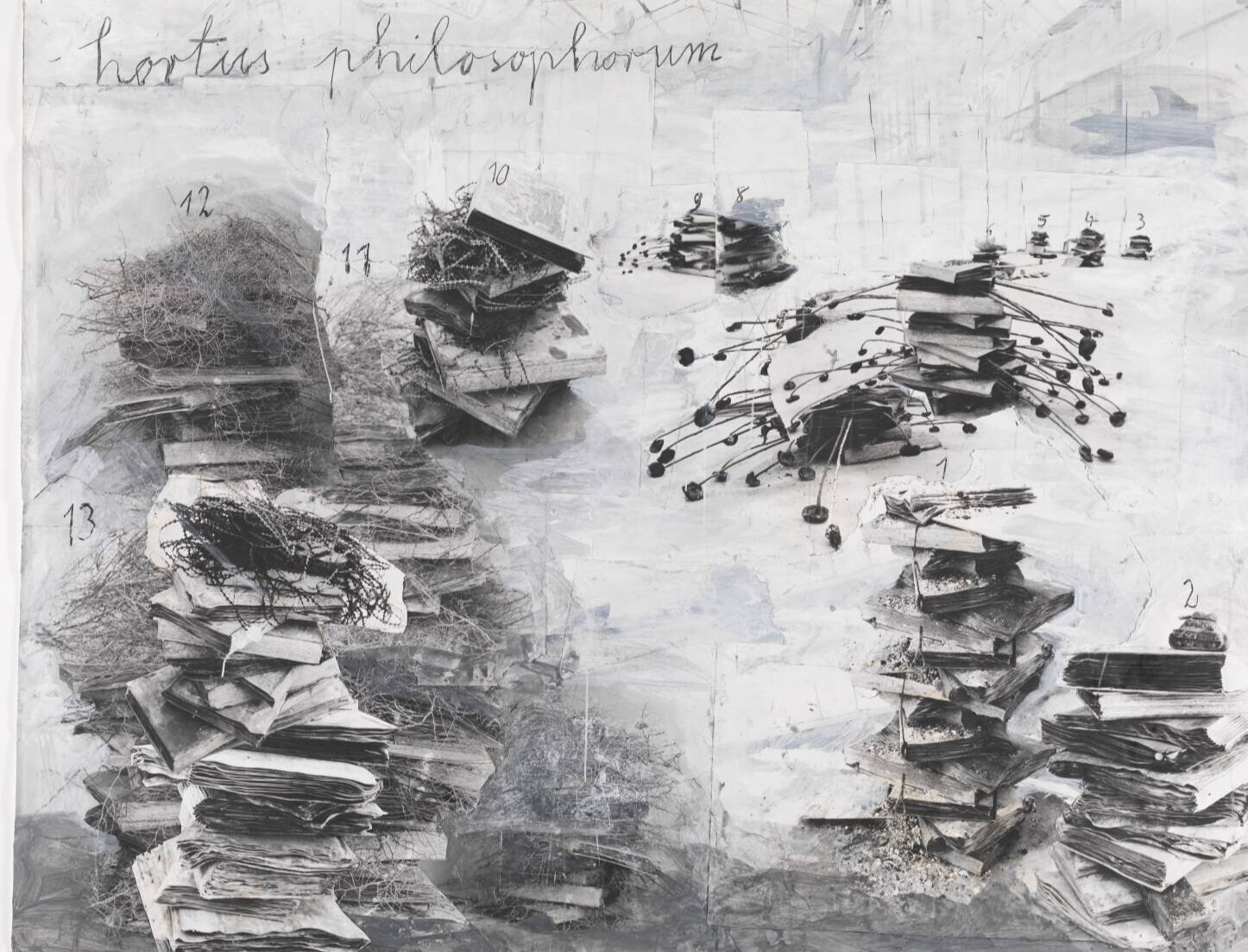POSTWAR
The trauma of the World War II and the Cold War which followed profoundly affected ideas about art and progress. Some artists, such as Joseph Beuys (1921-1986), made work about their experiences during the war, radically politicising the role of art in society. Others, such as the Abstract Expressionist Jackon Pollock (1912-1956), sought a new type of art which would counter man’s darker instincts and irrationality. Pop Art challenged traditions of what constitutes art to includes imagery from popular culture and advertising. Francis Bacon (1909-1992) and Lucian Freud (1922-2011) rejected the idealisation of the human form, seeking to express in their portraits the inner workings of the human psyche. Artists also began to explore identity politics, for example in the representations of Black America by the African-American Charles White (1918-1979), and in the references to gender, sexuality and the body in the works of Louise Bourgeois (1911-2010).
CONTEMPORARY













